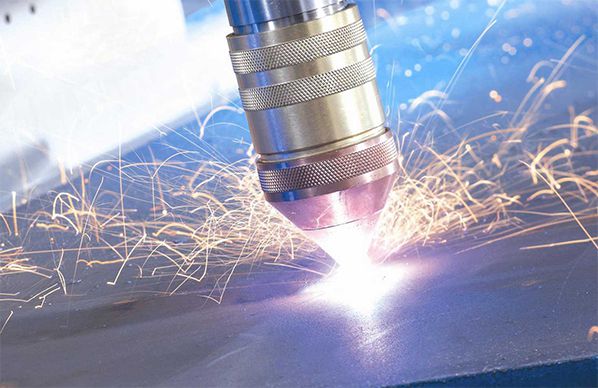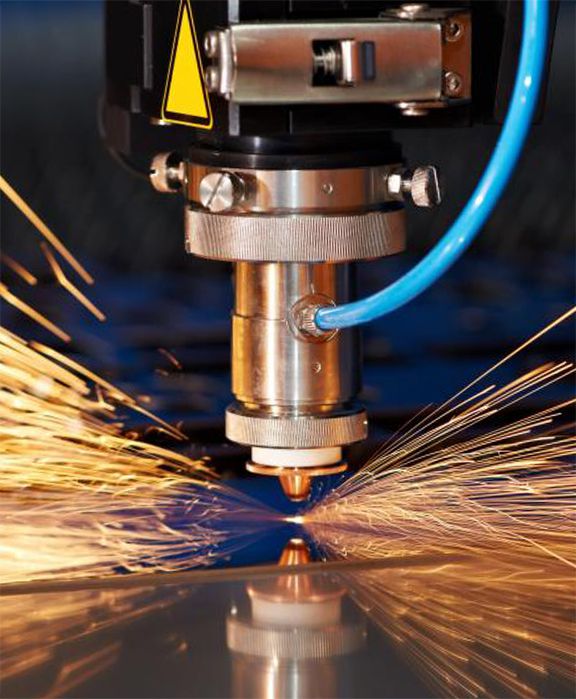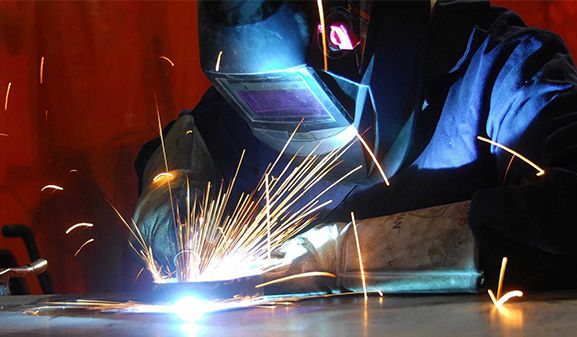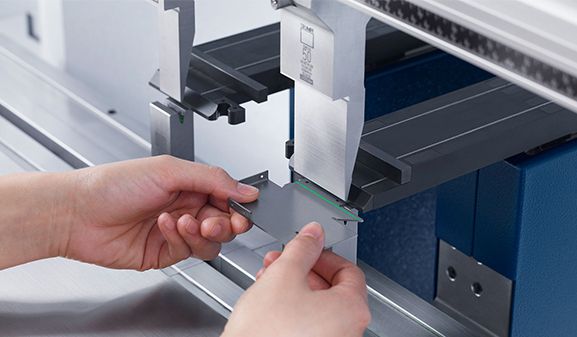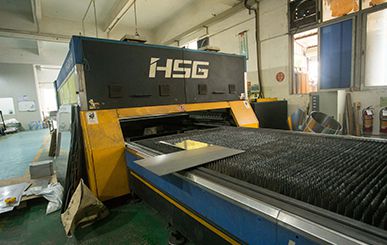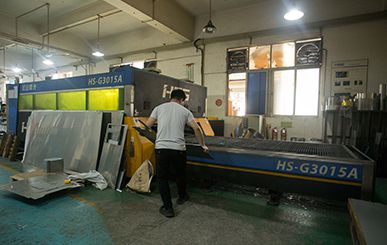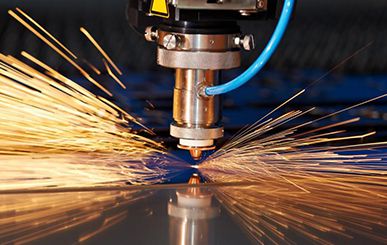We attach great importance to customers' needs for product quality and rapid production.
We always insist that meeting customers' needs is to realize our value!
+86 133 9281 9446
Laser cutting is a technique that uses lasers to cut materials and is commonly used in industrial manufacturing, medical device production, electronics, the automotive industry, textiles, and more. It works by directing the output of a high-powered laser through optics. The laser beam is directed onto the material, which then melts, burns, vaporizes, or is blown away by a gas stream, leaving an edge with a high-quality surface finish. Laser cutting is capable of producing highly complex and detailed cuts, can cut a wide variety of materials, and is faster than other cutting methods.
At its core, laser cutting involves the use of a high-powered laser to melt, burn, or vaporize material along a predetermined path, resulting in a clean and precise cut. The process begins with the creation of a digital design or pattern that specifies the shape and dimensions of the cut. This design is then loaded into a computer-controlled system that guides the laser to follow the exact path outlined in the design.
When the laser beam makes contact with the material, it rapidly heats and melts, or vaporizes, the material along the predetermined path. The intense heat generated by the laser beam causes the material to be cut, leaving behind a clean and precise edge. The speed and intensity of the laser can be adjusted to accommodate different materials and thicknesses, allowing for a high degree of control and precision in the cutting process.
The most common types of laser cutting include CO2 laser cutting, fiber laser cutting, and neodymium (Nd) laser cutting. Each type of laser cutting utilizes different technologies and is suitable for cutting different materials and thicknesses.
CO2 laser cutting is one of the most widely used types of laser cutting. It uses a carbon dioxide gas mixture as the laser medium and is particularly effective for cutting non-metal materials such as wood, plastic, and acrylic. CO2 laser cutting is known for its high precision and smooth cutting edges, making it ideal for applications that require intricate designs and fine details.
Fiber laser cutting.This type of laser cutting is highly efficient and is particularly well-suited for cutting metal materials such as stainless steel, aluminum, and copper. Fiber laser cutting is known for its high cutting speed and low maintenance requirements, making it a popular choice for industrial metal cutting applications.
Neodymium (Nd) laser cutting is another type of laser cutting that is commonly used for cutting thick metal materials. Nd laser cutting is known for its high power and is capable of cutting through thick metal sheets with ease. This type of laser cutting is often used in heavy-duty industrial applications where high cutting power is required.
Stainless steel
Features: The most common austenitic stainless steel, containing 18% chromium and 8% nickel, has good corrosion resistance and processing performance.
Application: Widely used in kitchen equipment, food processing equipment, chemical containers, etc.
Features: Contains 2-3% molybdenum, which enhances corrosion resistance, especially resistance to chloride ion corrosion, and is particularly suitable for marine environments and chemical industries.
Application: Medical equipment, marine equipment, chemical equipment, etc.
Brass
Features: It is composed of 70% copper and 30% zinc, has good strength and ductility, and is easy to cold and hot process.
Application: Commonly used in the manufacture of electrical connectors, heat sinks, decorative parts, etc.
Features: Contains 60% copper and 40% zinc, has high strength, good corrosion resistance and toughness, and is suitable for hot processing.
Application: Shipbuilding, building decoration, heat exchanger, etc.
Production and manufacturing
Functional prototypes and end-use parts
Parts with cylindrical features
Parts with axial and radial holes, flats, grooves, and slots
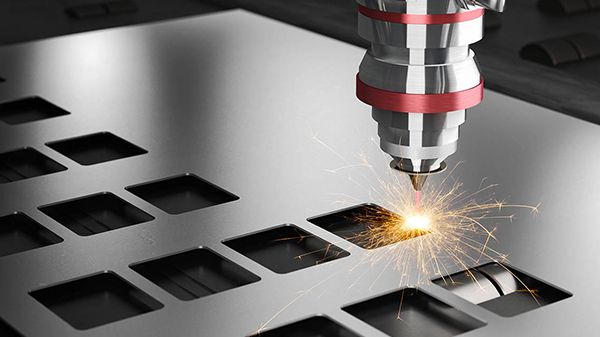

FAQ
1.How to deal with surface treatment problems?
Sample color identification and dispensing ensure batch color consistency, strengthen manual inspection, avoid the defective products.
2.How to get a quote?
Please send your 3d drawing(STP, IGS, STL, OBJ, X-T...) to us, and tell us the material, surface treatment and quantity, then we will quote within 2 hours.
3.How surface finishing works?
Almost all surface finishing processes improve either the aesthetic appearance of the product or its mechanical or chemical properties. Each surface finishing process achieves this in a slightly different way.
4.Can you help me to design my product or improve my design?
Yes, we have a professional design team to help our customer to create their product or improve their design. We need sufficient communication before design to understand your intention.
5.What the benefits of surface finishes?
Improve the appearance of your finished products, Improve resistance to wear and tear, Ensure good adhesion of paint, Meet your brand requirements...
We attach great importance to customers' needs for product quality and rapid production.
We always insist that meeting customers' needs is to realize our value!
